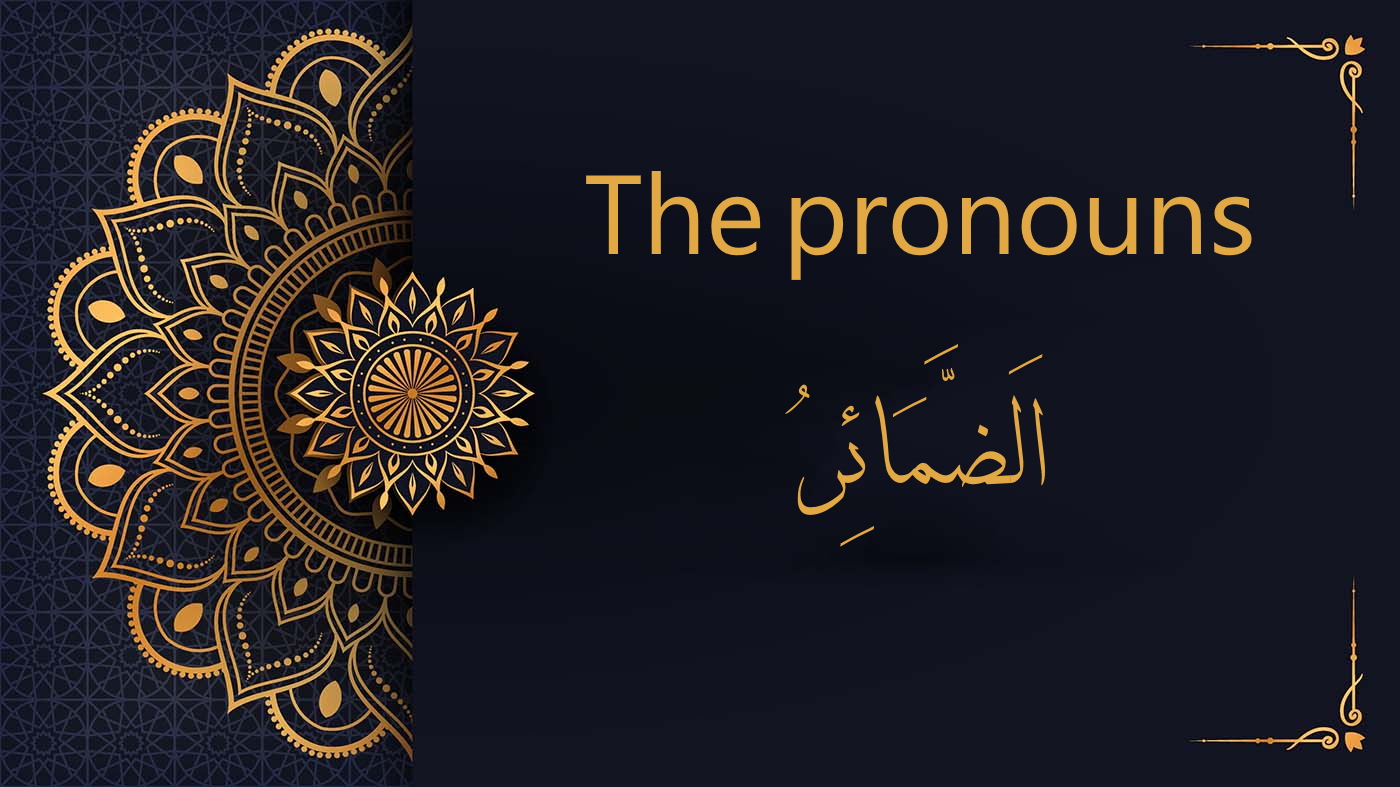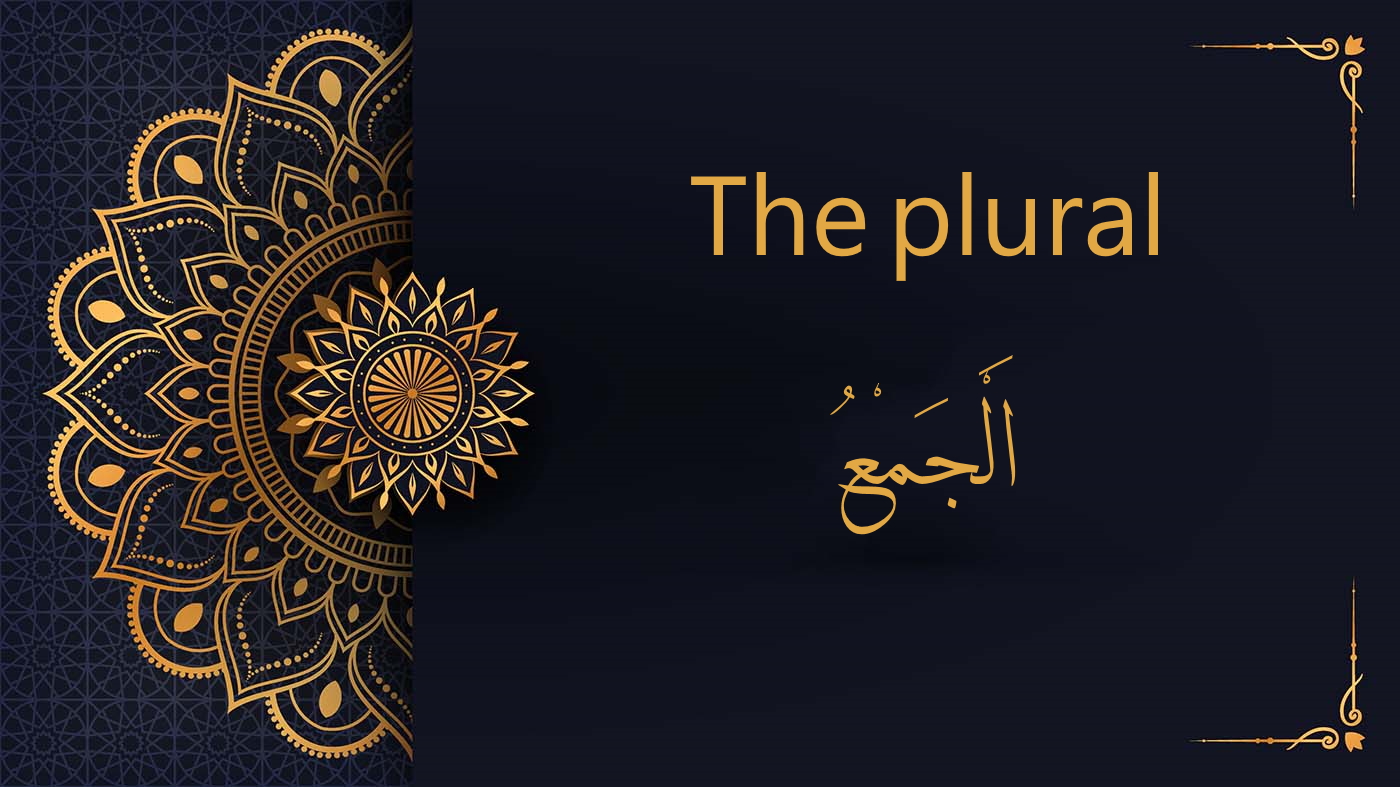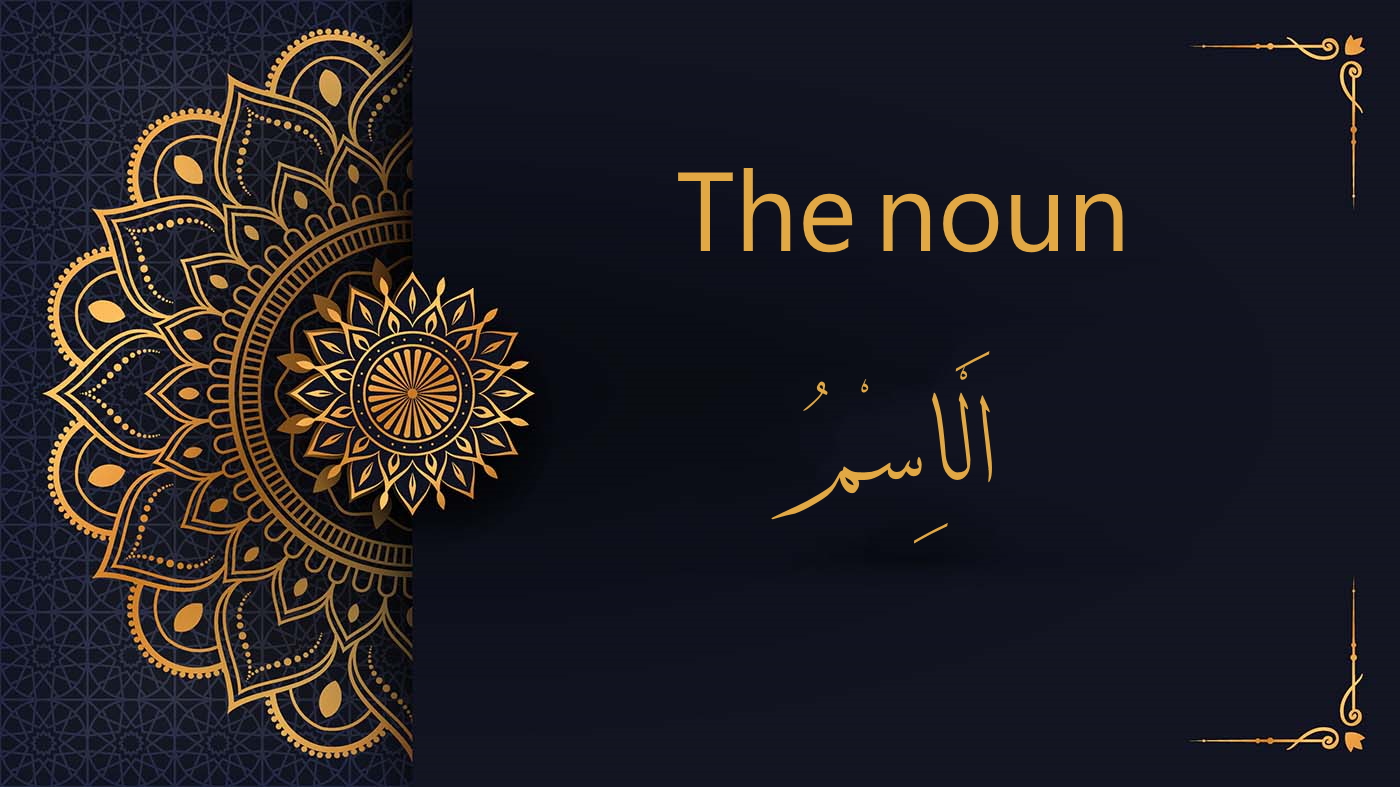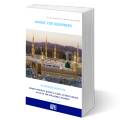Pronouns in Arabic – الضَّمَائِرُ | Arabic Free Course

Pronouns in Arabic – الضَّمَائِرُ Introduction Pronouns, integral components in the structure of languages, serve as stand-ins or replacements for nouns, providing fluidity and context to our sentences. Think of them as shorthand markers, represented by words like “he,” “her,” “their,” “I,” and so on. In the vast and intricate realm of Arabic grammar, […]
The plural in Arabic – الْجَمْعُ | Arabic Free Course

The plural in Arabic – الْجَمْعُ Introduction In Arabic, plurals are categorized into two distinct types: Sound plural – اَلْجَمْعُ السَّالِمُ Broken plural: اَلْجَمْعُ الْمُكَسَّرُ A. The sound Plural – اَلْجَمْعُ السَّالِمُ The Masculine Sound Plural In Arabic, the sound plural stands out for its regularity and simplicity. […]
The dual in Arabic | الْمُثَنَّى | Free Arabic Course

The dual in Arabic – الْمُثَنَّى Introduction In English, we differentiate between singular and plural forms. In contrast, Arabic encompasses three numerical distinctions: singular, plural, and the unique dual form. المُفْرَدُ Singular الْمُثَتَّى Dual الْجَمْعُ Plural 1. Crafting the Dual Form in Arabic In Arabic, […]
Exploring the Arabic Noun: الاِسْمُ | Lesson 2

Exploring the Arabic Noun: الاِسْمُ Nouns (اَلْإِسْمُ) in Arabic can be categorized into two types: النَّكِرَةُ – Indefinite المَعْرِفَةُ – definite 1. Indefinite nouns – أَسْمَاءُ النَّكِرَةُ These refer to general names assigned to both living and non-living entities (common nouns). Indefinite nouns typically end with nunnation. […]
Understanding the Arabic Word: الْكَلِمَةُ | Free Quranic Arabic Course

Understanding the Arabic Word: الْكَلِمَةُ A word represents a distinct unit in both spoken and written language. Example: Types of Words: أَنْوَاعُ الْكَلِمَةِ There are three types of words: A. Noun – الإِسْمُ A noun refers to a person, animal, place, or object. Examples: Allah – اللَّه مُحَمَّدٌ – Muhammad […]

